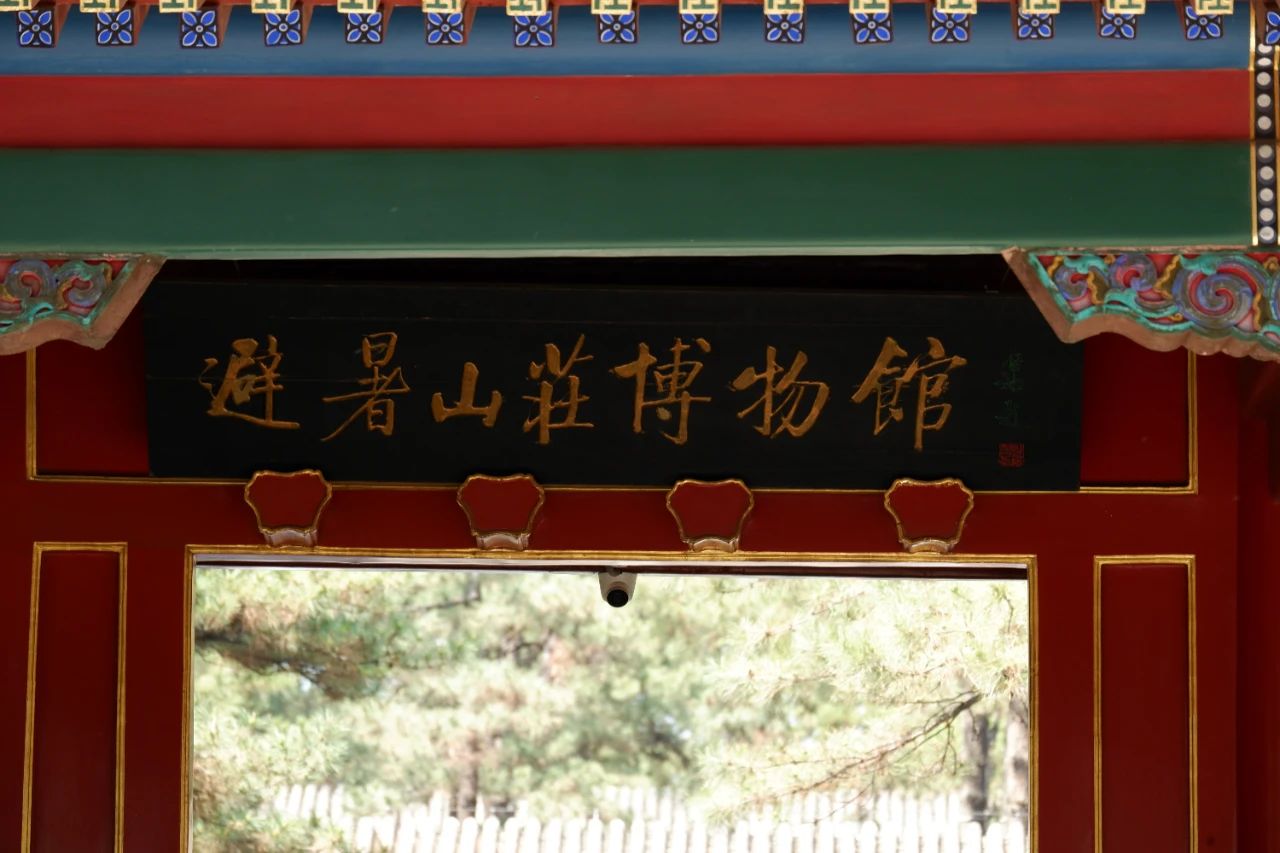
Museum entrance of Chengde Mountain Resort.
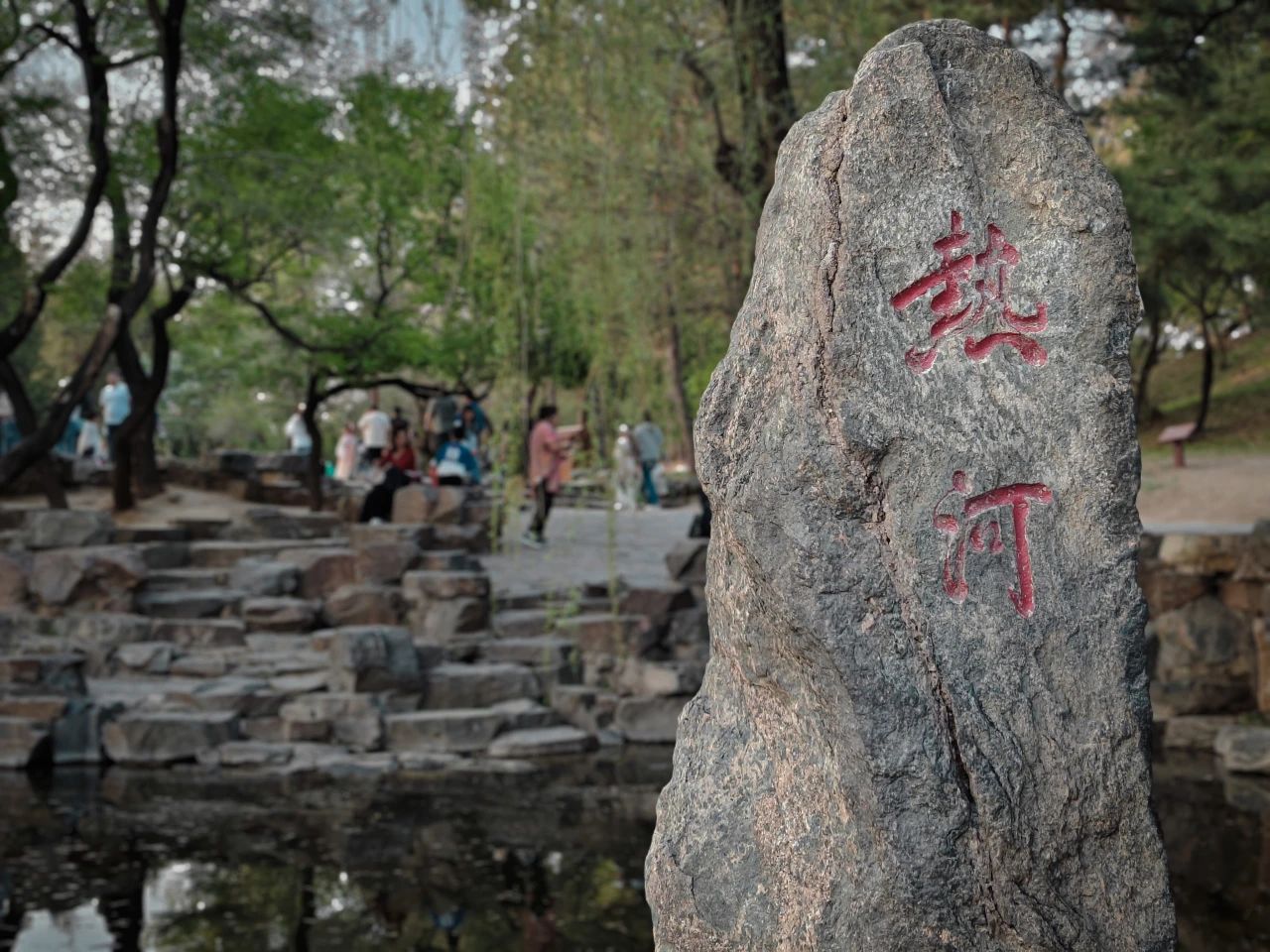
Chengde Mountain Resort: Famous 打卡点 “Rehe Spring”.
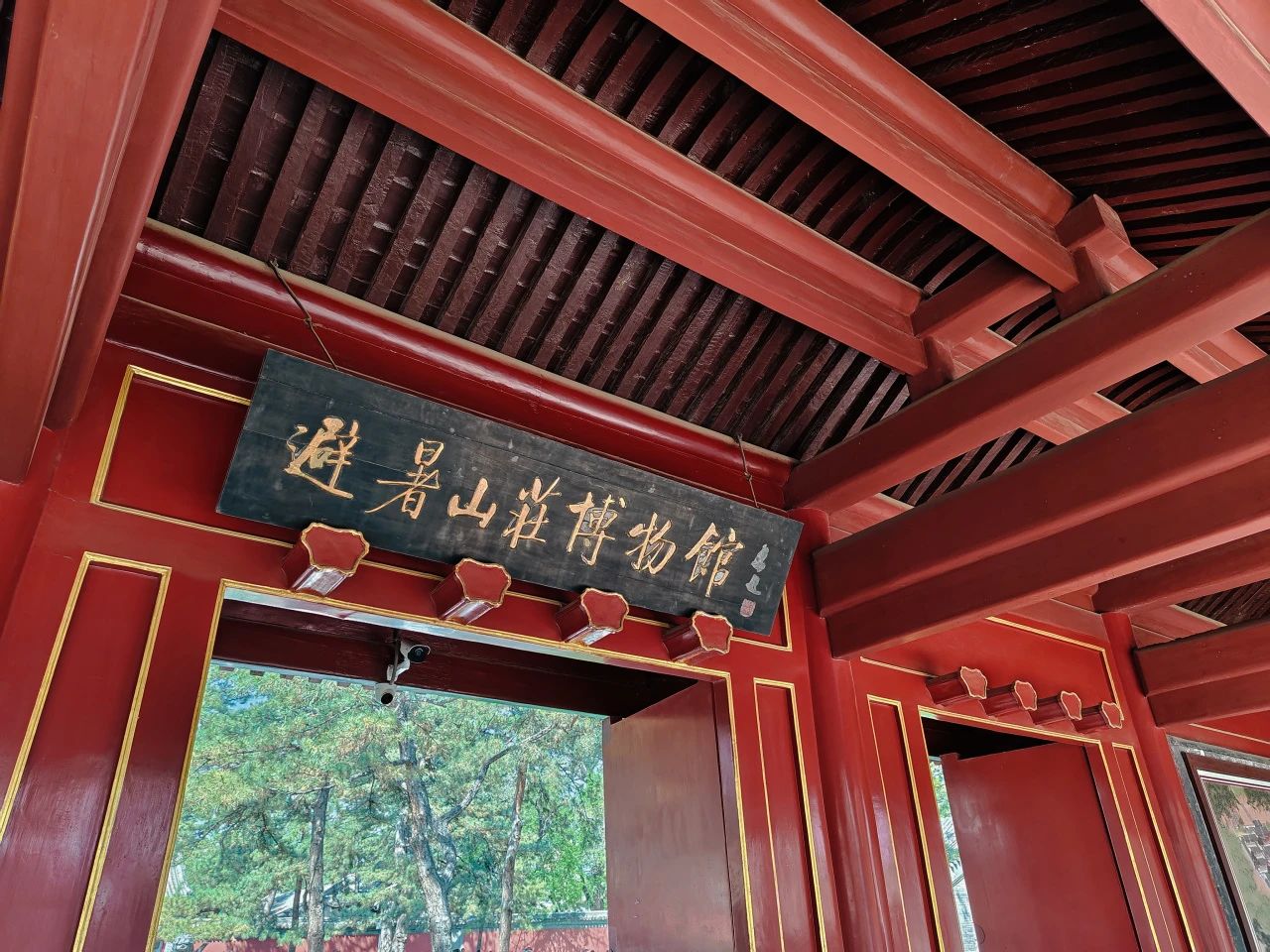
Museum entrance of Chengde Mountain Resort.
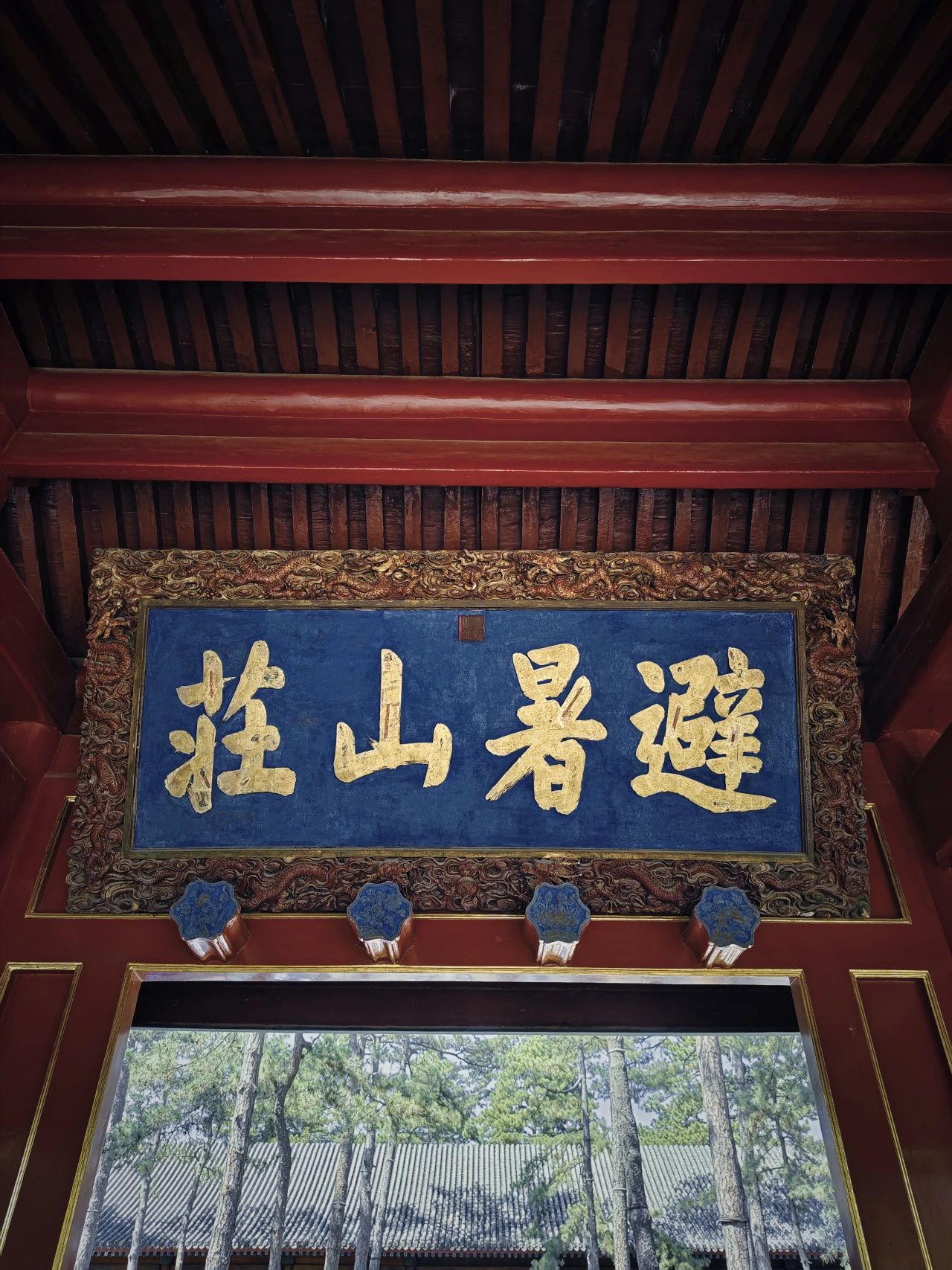
The plaque “Mountain Resort” inscribed by Emperor Kangxi himself.

Chengde Mountain Resort: Divided into palace area, lake area, plain area and mountain forest area.

Bronze lions outside the inner Meridian Gate of Chengde Mountain Resort.

Enamelware of Chengde Mountain Resort.
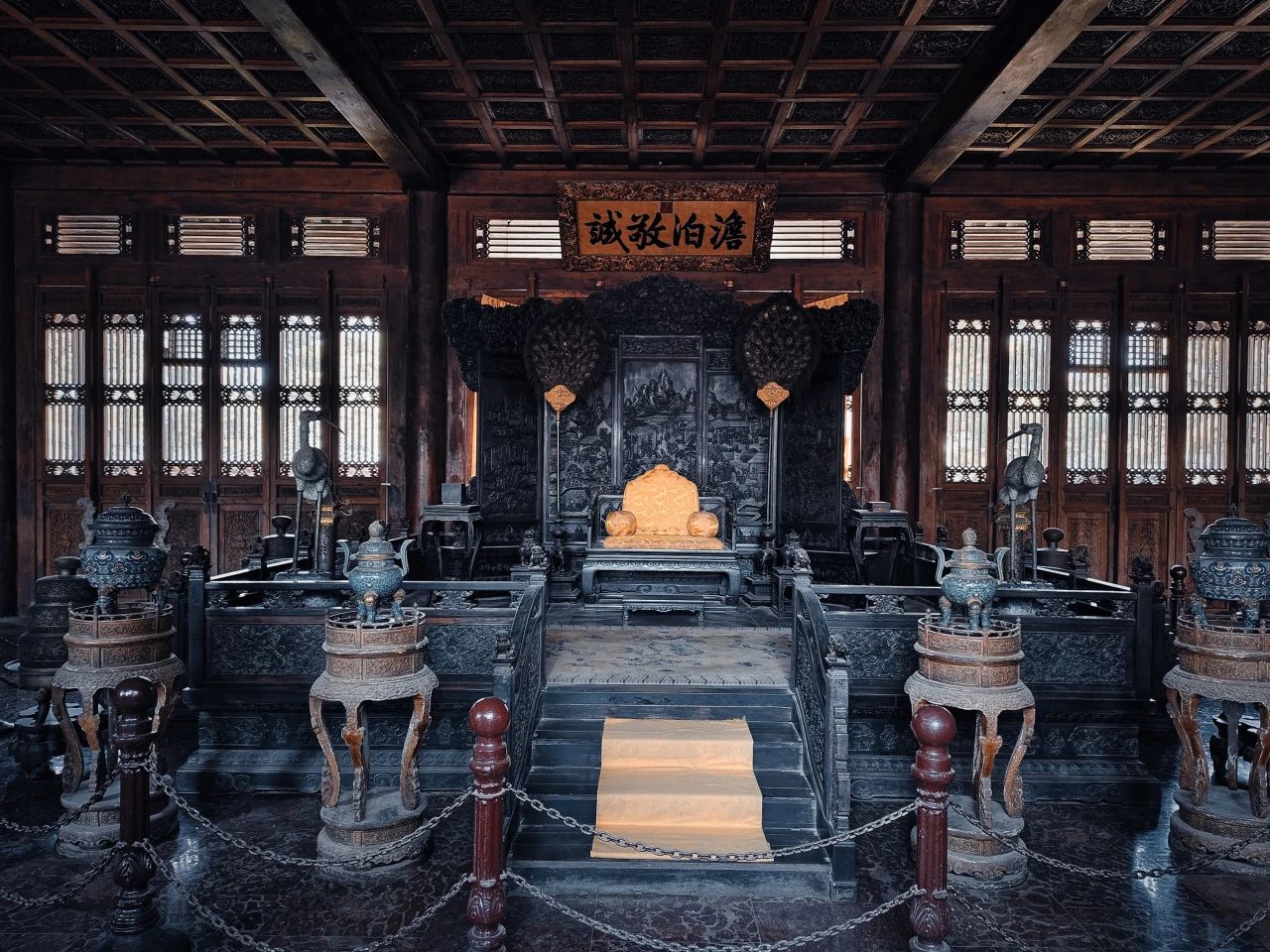
Main hall of Chengde Mountain Resort.
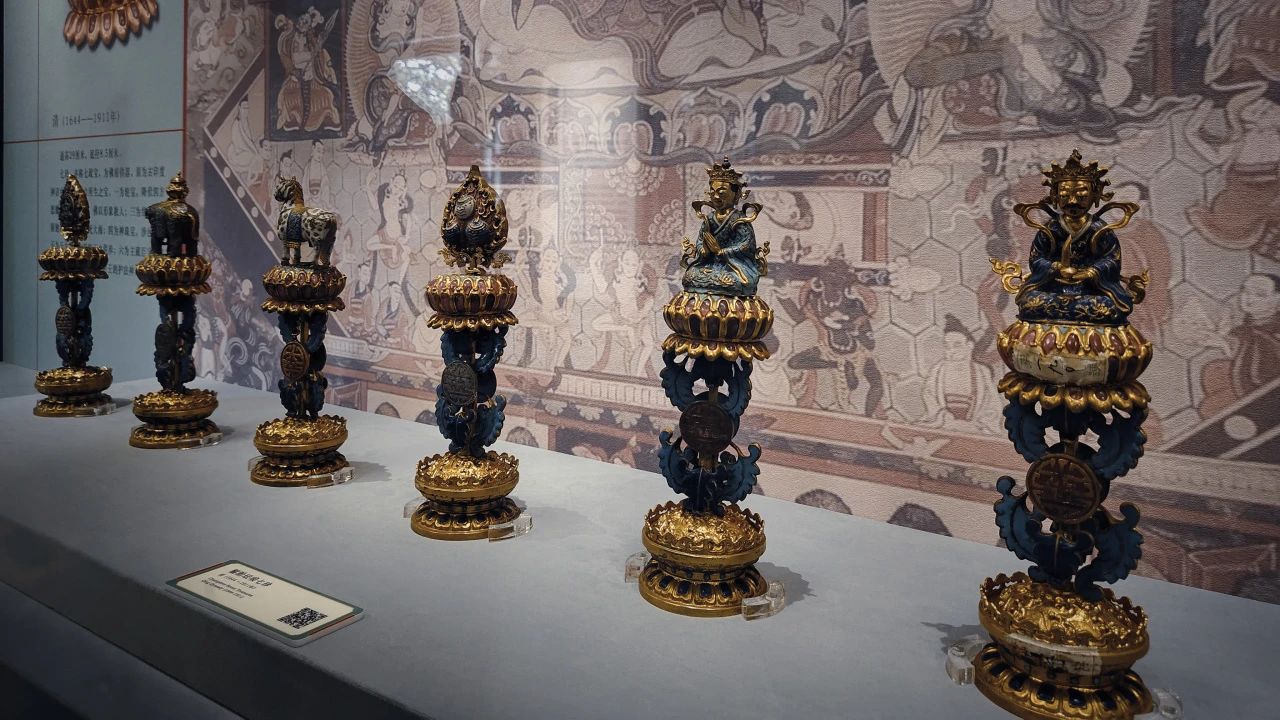
Enamelware of Chengde Mountain Resort.
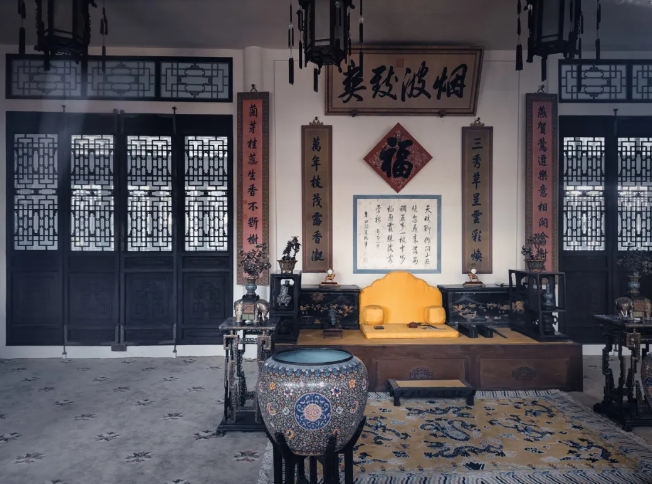
Plaque of “Coolness Amidst Misty Waves”, the first hall in the rear sleeping quarters inscribed by Emperor Kangxi.
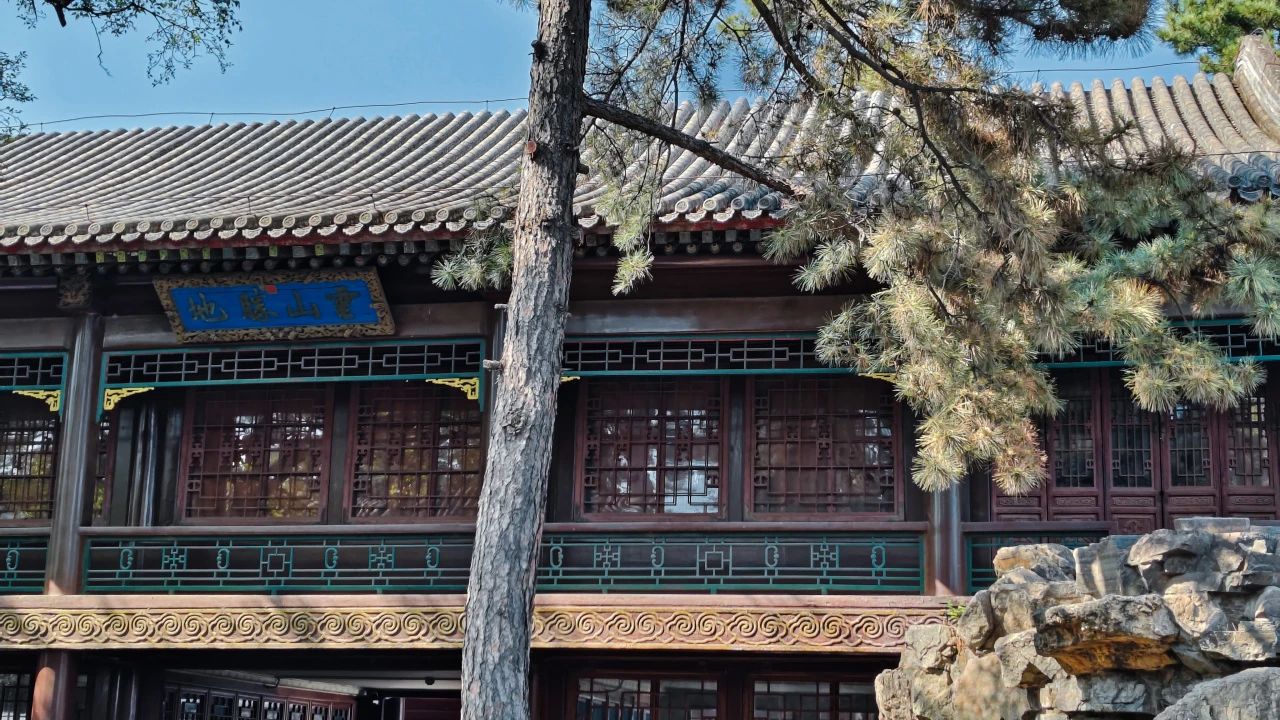
Cloud Mountain Scenic Tower of Chengde Mountain Resort.

Lake area of Chengde Mountain Resort.
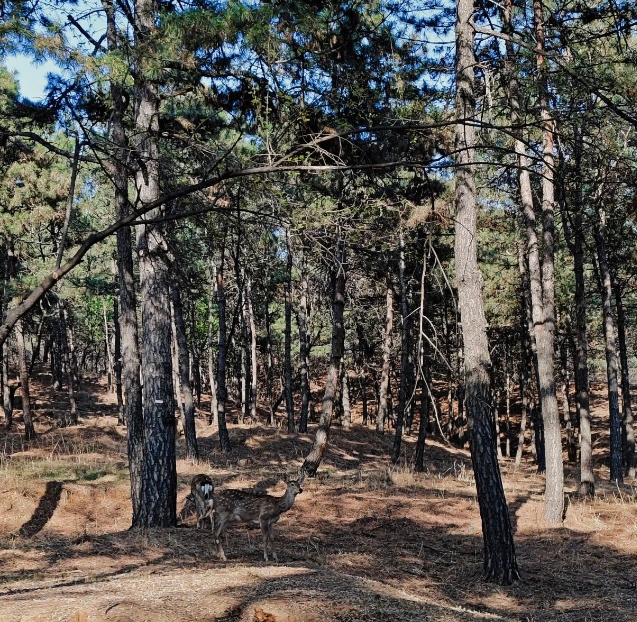
Mountain forest vehicle of Chengde Mountain Resort.
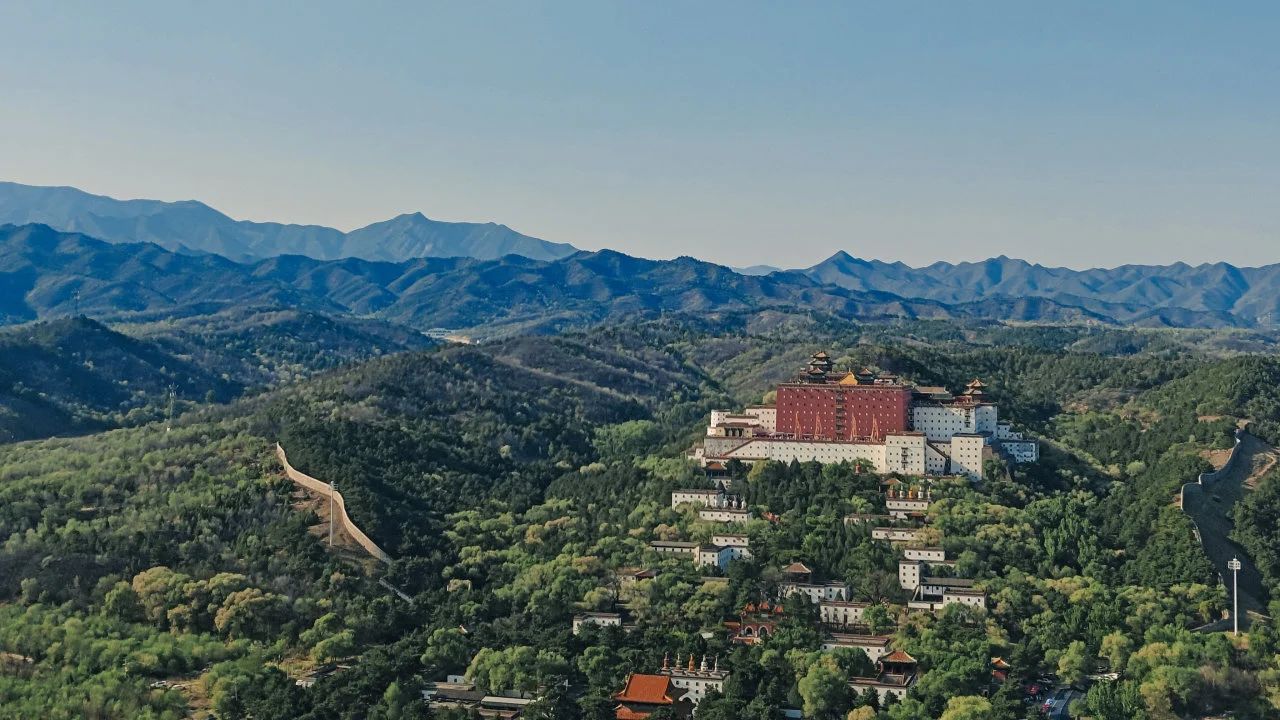
Surrounded by Cloudy Mountains, offering a panoramic view of Chengde Mountain Resort.

Portrait of Emperor Kangxi.

Offerings by tourists in front of the portrait of Emperor Kangxi.

Moon gate.

“Rosy Cloud Mark” hall named by Emperor Kangxi.

Stupa.

Lake area.
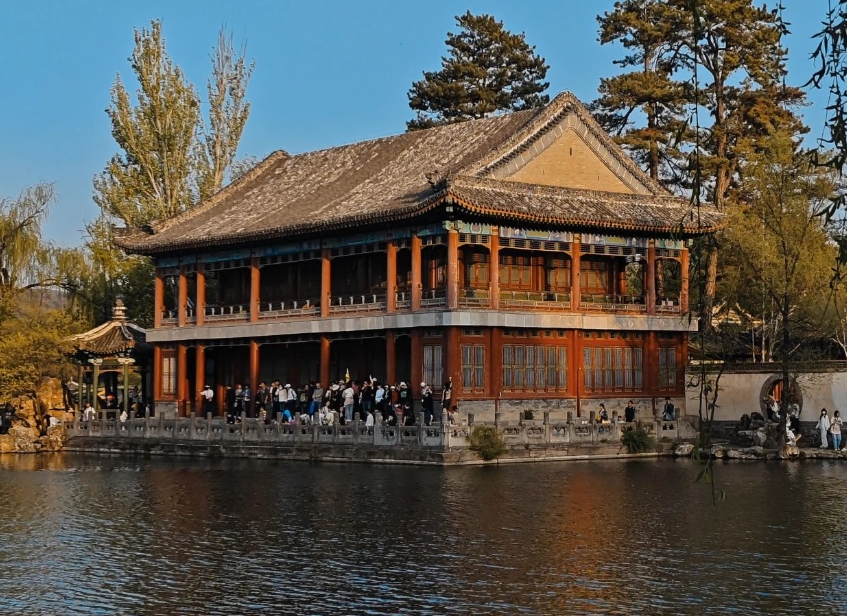
Misty Rain Tower: Built by Emperor Qianlong imitating the Misty Rain Tower on Yuanyang Island in Nanhu Lake, Jiaxing.

Gate of “Melon Garden”.

Chengde Mountain Resort: Famous 打卡点 “Rehe Spring”.


The setting sun reflects thousands of rays of rosy clouds by the lake.

